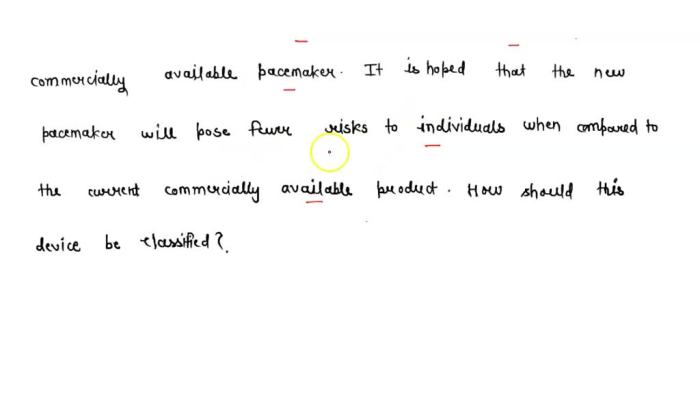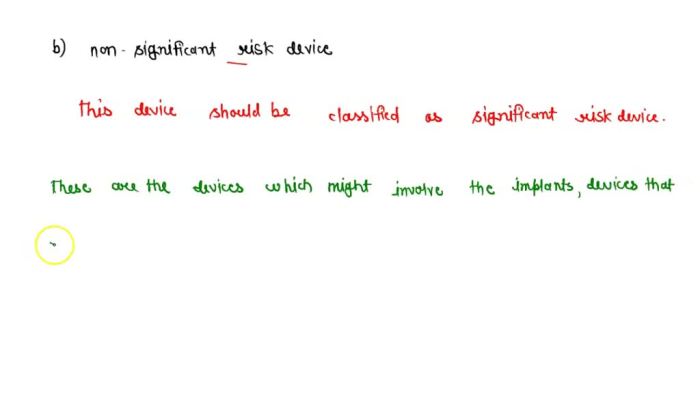A sponsor proposes research to evaluate reengineering a commercially. This research will explore the potential benefits and risks of reengineering the commercial process, and how it could impact the company’s financial performance, operational efficiency, and customer satisfaction. The research will also provide a detailed description of the current commercial process, identify the key pain points and inefficiencies, and explain how the reengineering effort could address these issues and improve the overall efficiency of the process.
The research will also discuss the technology requirements for the reengineering effort, and how the company’s existing technology infrastructure could be leveraged or modified to support the new process. The research will also identify any potential technology risks and challenges that need to be addressed.
Business Impact

Reengineering the commercial process has the potential to significantly impact the company’s financial performance, operational efficiency, and customer satisfaction. By streamlining the process and eliminating inefficiencies, the company can reduce costs, improve margins, and increase revenue. Additionally, the reengineering effort can improve the company’s ability to respond to customer needs and deliver products and services more quickly and efficiently.
Benefits of Reengineering
- Reduced costs
- Improved margins
- Increased revenue
- Improved customer satisfaction
- Increased operational efficiency
Risks of Reengineering
- Potential disruption to the business
- Increased costs
- Delayed implementation
- Failure to achieve desired results
- Delays
- Errors
- Lack of transparency
- Automating tasks will reduce delays.
- Consolidating steps will reduce errors.
- Improving communication between departments will increase transparency.
- New software
- New hardware
- New infrastructure
- Employee training
- The company’s existing CRM system can be used to track customer interactions.
- The company’s existing ERP system can be used to manage inventory and orders.
- The new technology may not be compatible with the company’s existing systems.
- The company may not have the expertise to implement and maintain the new technology.
- The new technology may be too expensive.
- Timeline: 6 months
- Milestones: Automate 50% of tasks, consolidate 25% of steps
- Resources: 2 project managers, 5 developers
- Timeline: 3 months
- Milestones: Implement new communication tools, train employees on new communication protocols
- Resources: 1 project manager, 2 communication specialists
- Timeline: 2 months
- Milestones: Train all employees on new software, hardware, and infrastructure
- Resources: 1 project manager, 2 trainers
- The project may be delayed due to unforeseen circumstances.
- The project may exceed its budget.
- The new technology may not be accepted by employees.
- The company will track the cost of the reengineering effort and compare it to the cost of the old process.
- The company will track the time it takes to complete the commercial process and compare it to the time it took before the reengineering effort.
- The company will survey customers to measure their satisfaction with the new process.
- The company will track the number of errors and delays that occur during the commercial process.
- The company may not be able to accurately measure the cost savings, improved efficiency, or increased customer satisfaction.
- The company may not be able to collect enough data to make meaningful conclusions.
- The company may not be able to make adjustments to the process based on the data collected.
Process Analysis: A Sponsor Proposes Research To Evaluate Reengineering A Commercially

The current commercial process is complex and inefficient. It involves multiple steps and requires the involvement of several different departments. This leads to delays, errors, and a lack of transparency. The reengineering effort will focus on streamlining the process and eliminating inefficiencies.
This will involve automating tasks, consolidating steps, and improving communication between departments.
Key Pain Points
How Reengineering Will Address Key Pain Points
Technology Considerations
The reengineering effort will require significant technology investments. The company will need to purchase new software, hardware, and infrastructure. Additionally, the company will need to train its employees on the new technology. The company’s existing technology infrastructure can be leveraged to support the new process, but some modifications will be necessary.
Technology Requirements
Leveraging Existing Technology Infrastructure
Technology Risks and Challenges
Implementation Plan

The reengineering effort will be implemented in phases. The first phase will focus on automating tasks and consolidating steps. The second phase will focus on improving communication between departments. The third phase will focus on training employees on the new technology.
The implementation plan includes timelines, milestones, and resource requirements.
Phase 1: Automate Tasks and Consolidate Steps
Phase 2: Improve Communication Between Departments
Phase 3: Train Employees on New Technology
Potential Challenges and Risks
Evaluation Metrics
The success of the reengineering effort will be evaluated based on several metrics. These metrics include cost savings, improved efficiency, and increased customer satisfaction. The company will also track the number of errors and delays. The company will use this data to make adjustments to the process as needed.
Cost Savings
Improved Efficiency
Increased Customer Satisfaction, A sponsor proposes research to evaluate reengineering a commercially
Number of Errors and Delays
Potential Challenges and Risks
Answers to Common Questions
What are the benefits of reengineering a commercial process?
Reengineering a commercial process can lead to a number of benefits, including improved financial performance, operational efficiency, and customer satisfaction.
What are the risks of reengineering a commercial process?
There are a number of risks associated with reengineering a commercial process, including the potential for disruption to the business, the cost of the reengineering effort, and the possibility that the reengineering effort will not be successful.
How can I evaluate the success of a reengineering effort?
The success of a reengineering effort can be evaluated by measuring the impact of the reengineering on key business objectives, such as financial performance, operational efficiency, and customer satisfaction.